Social Security Disability Insurance (SSDI) is a government program in the United States that offers monthly payments and medical coverage to people who are unable to work due to serious health conditions.
These payments are essential for many families who depend on them to meet daily needs. But what many people don’t realise is that SSDI benefits can be stopped if important information is not updated or certain rules are broken.
Getting approved for SSDI is already a challenge—nearly 70% of applications are rejected during the first stage. That’s why it’s important for those who are receiving the benefits to make sure they keep them without interruption.
Let’s take a closer look at the top 5 reasons why the Social Security Administration (SSA) might stop your SSDI payments, and what you can do to avoid it.
1. Not Updating Personal Information
This is one of the most common mistakes people make. If you move to a new address, change your phone number, get married or divorced, or even change your name, you must tell the SSA right away.
If your details don’t match SSA records, your payments might be delayed or stopped automatically. Even something as simple as a wrong address can cause you to miss out on months of benefits.
You can update your information:
- Online at my Social Security
- By phone at 1-800-772-1213
- Or by visiting a local SSA office
2. Earning Too Much Money
If you start earning income, whether from part-time work, freelance work, or even from your spouse’s income, you must report it. The SSA checks your income with the IRS and employers, so if you hide income, you risk losing your SSDI benefits.
For 2025, the income limits (called Substantial Gainful Activity – SGA) are:
- $1,620 per month for most people
- $2,700 per month for legally blind individuals
Even if your income is below the SGA level, the SSA still wants to know. Working overtime or returning to work for short periods must be reported.
3. Changing Bank Accounts Without Notification
If you change your bank account and forget to inform the SSA, your payments will bounce back, and the SSA may pause your deposits.
To avoid problems, update your bank account at least two weeks before your next payment using:
- my Social Security online
- The SSA phone line
- A visit to your local SSA office
4. Not Reporting Changes in Your Representative Payee
Some people on SSDI need help managing their money. In such cases, a representative payee (a trusted person or group) is assigned. If this person changes, you must update the SSA immediately.
To change or assign a representative:
- Submit SSA Form-11
- Provide required ID documents
Delays in updating this can lead to frozen payments until the new payee is verified.
5. Not Following Up With SSA for Reviews or Letters
The SSA regularly reviews your case to confirm you’re still eligible. If they send you letters asking for documents or updates, and you don’t respond, your payments can be put on hold.
Always open your mail from the SSA and respond within the given time.

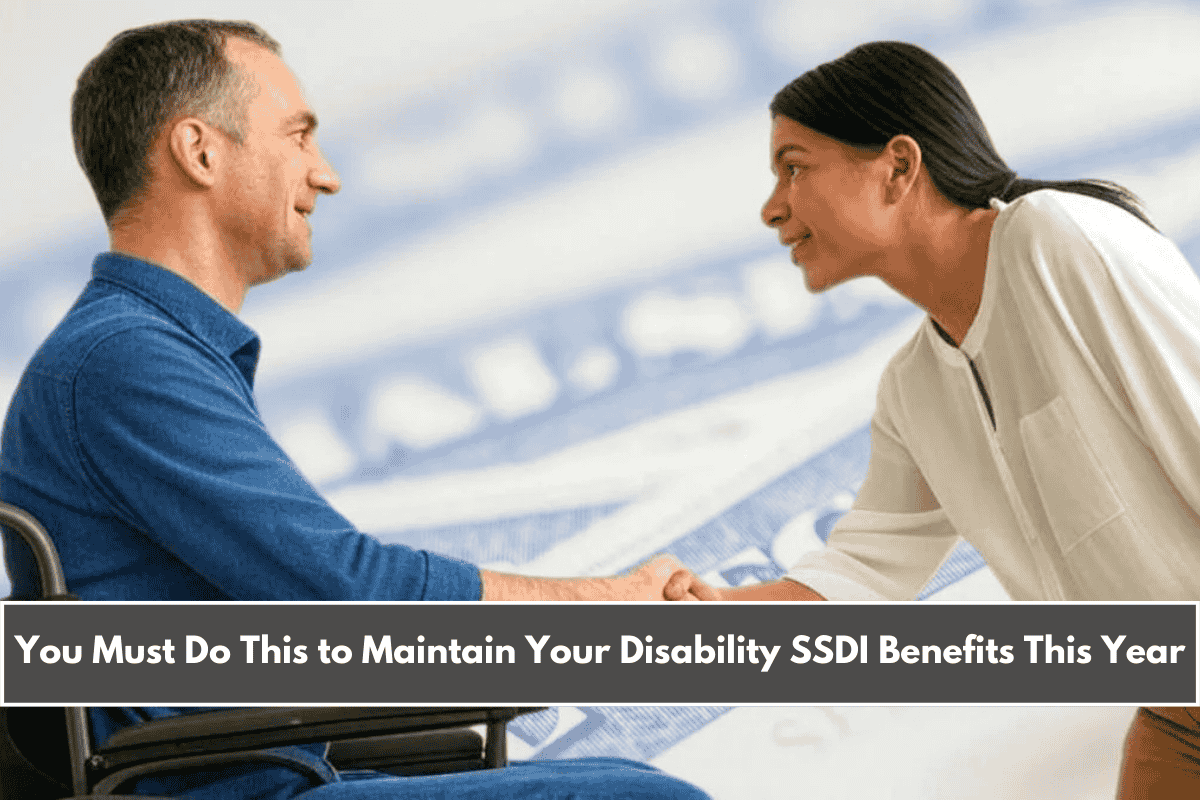
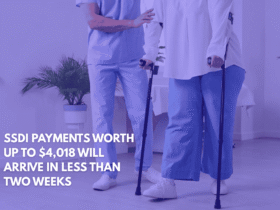




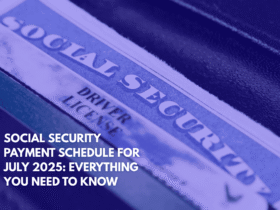
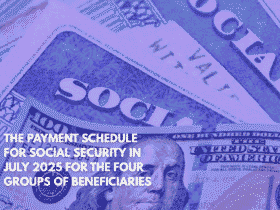

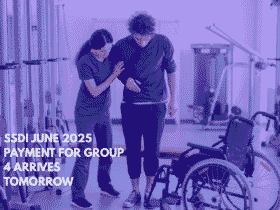
Leave a Reply